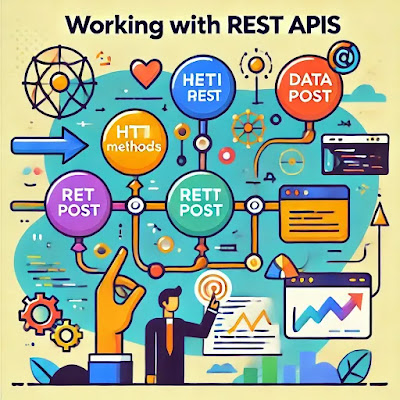Understanding Semantic HTML for Better SEO and Accessibility
Understanding Semantic HTML for Better SEO and Accessibility
Semantic HTML is a critical concept in web development that enhances the structure and meaning of web content. By using semantic elements, web developers not only improve the clarity of their code but also boost the accessibility and SEO performance of their websites. In this article, we will explore the importance of semantic HTML and how it can benefit your web projects.
What Is Semantic HTML?
Semantic HTML refers to using HTML elements that clearly describe their meaning both to the browser and the developer. These elements include tags like <header>, <footer>, <article>, and <section>, which convey the structure of the content. Unlike generic <div> or <span> tags, semantic HTML elements provide better context for search engines and assistive technologies.
How Semantic HTML Improves SEO
Search engines use bots to crawl websites and understand their content. When a page uses semantic HTML, these bots can more easily determine the hierarchy and meaning of the content. Here’s how it benefits SEO:
- Better Content Understanding: Semantic elements like
<article>or<nav>help search engines understand the context of your content, which can result in better rankings. - Rich Snippets: Using semantic HTML increases the chances of appearing as rich snippets in search results, offering more information to users directly in the search engine.
- Improved Crawling: Properly structured pages help search engines crawl and index your content more effectively, improving visibility.
Enhancing Accessibility with Semantic HTML
Semantic HTML plays a key role in improving web accessibility. Screen readers and other assistive technologies rely on well-structured HTML to navigate and interpret content correctly. Here's how semantic HTML improves accessibility:
- Screen Readers: Semantic elements like
<header>,<nav>, and<main>make it easier for screen readers to convey the structure of the page to users with disabilities. - Keyboard Navigation: By using semantic elements, developers can enhance keyboard navigation for users who rely on the keyboard to move through the content.
- Contextual Meaning: Semantic tags give content a logical structure, making it easier for assistive technologies to communicate the purpose of different sections on the page.
Common Semantic HTML Tags and Their Uses
Here are some common semantic HTML tags and how they are used:
<header>: Represents the header of a section or page. It often contains navigation links or introductory content.<nav>: Defines a block of navigation links.<article>: Used to wrap standalone content that can be distributed independently, such as blog posts or news articles.<section>: Groups related content together, often with its own heading.<footer>: Represents the footer of a section or page, often containing copyright information or links to related pages.<aside>: Used for sidebars or content that is related but not part of the main content flow.
Best Practices for Using Semantic HTML
To make the most out of semantic HTML for SEO and accessibility, follow these best practices:
- Use Elements for Their Intended Purpose: Don’t use
<div>and<span>where a semantic tag like<section>or<article>would be more appropriate. - Maintain a Logical Structure: Ensure your page has a clear and logical structure, with headers, sections, and navigation elements in the right places.
- Test for Accessibility: Use tools like Lighthouse or WebAIM to test how well your website performs in terms of accessibility.
Conclusion
Understanding and implementing semantic HTML is vital for creating websites that are accessible, easy to navigate, and SEO-friendly. By using the appropriate tags and following best practices, you can improve both user experience and search engine rankings. Whether you’re building a small blog or a large-scale web application, semantic HTML should be an integral part of your development process.


Comments
Post a Comment